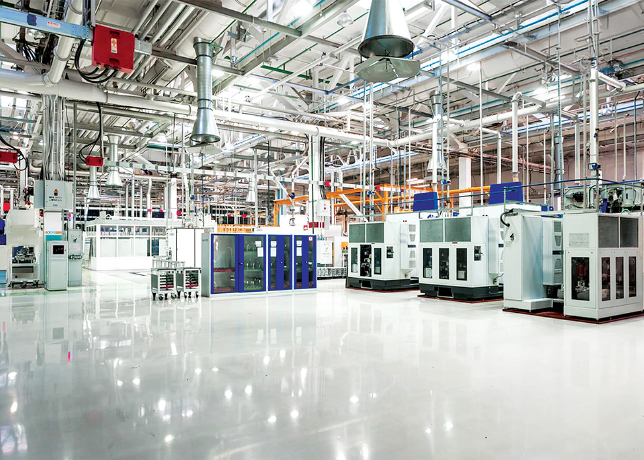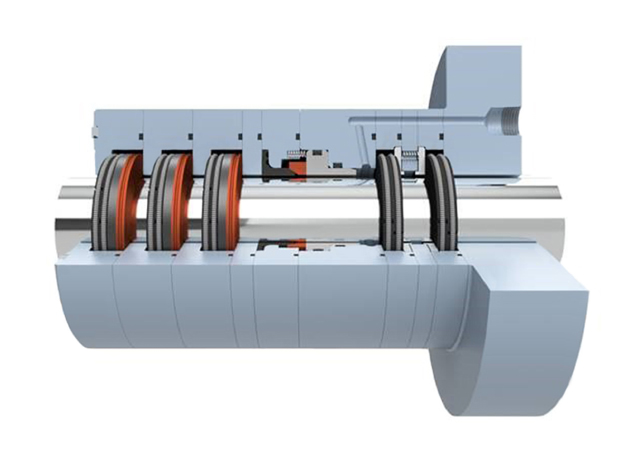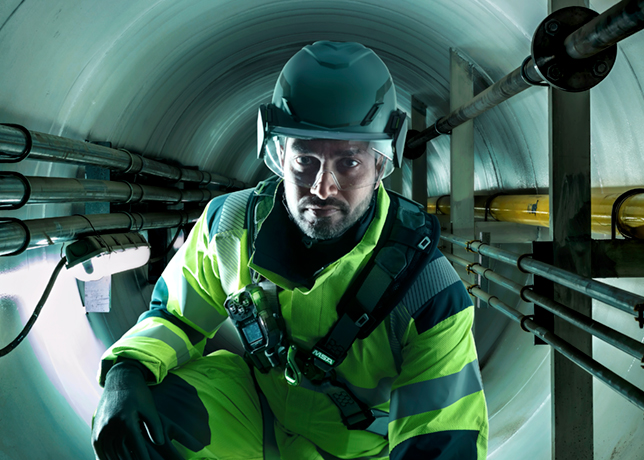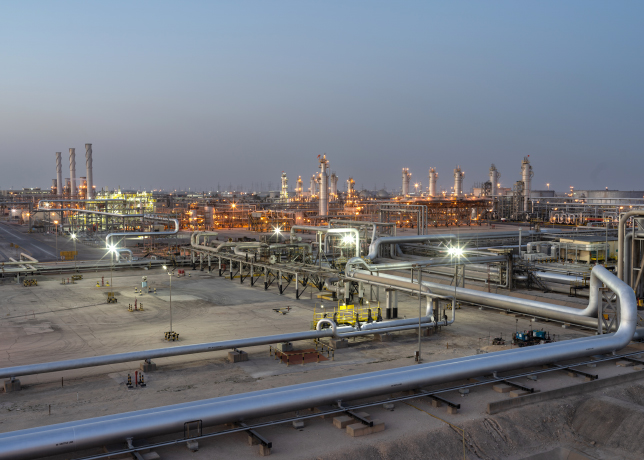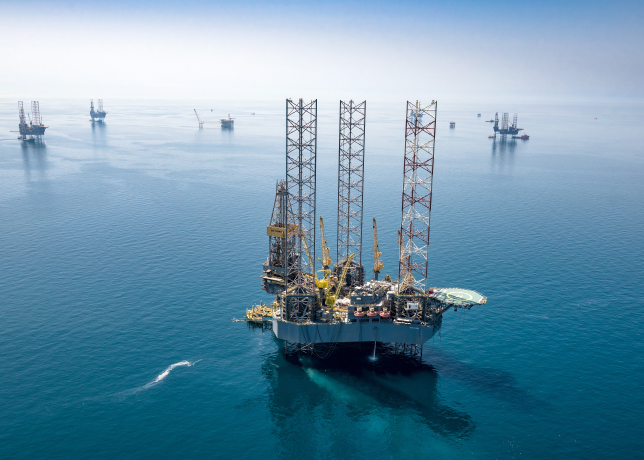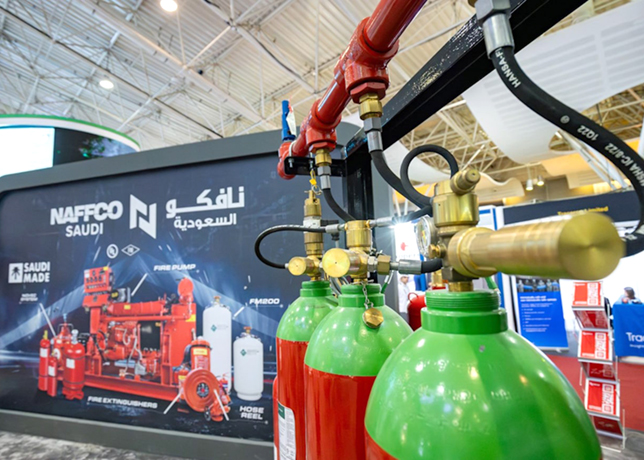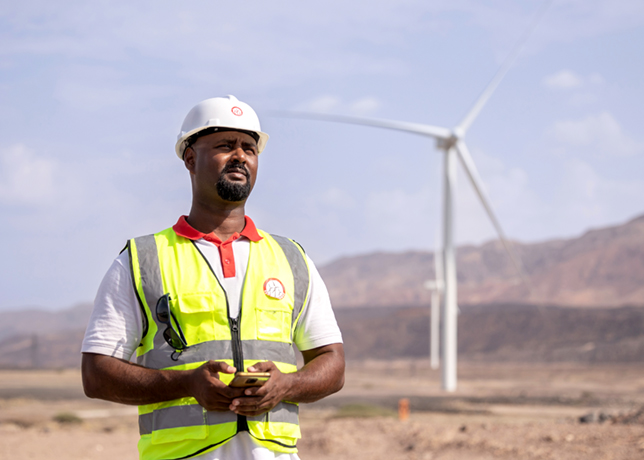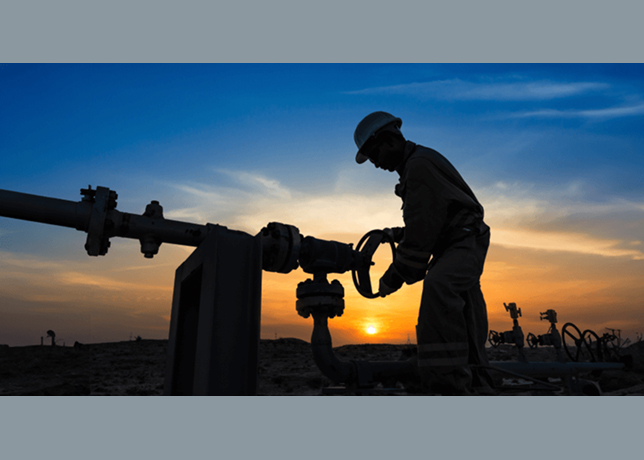
 Oil and gas installations all need fall protection systems
Oil and gas installations all need fall protection systems
Any time a worker is at a height of six feet or more, the worker is at risk and needs to be protected.
The two ways of accomplishing this are: engineering controls and fall protection equipment. Engineering controls can be as simple as moving the work to ground level and eliminating the work height. Or they can mean the addition of platforms, railings and toe boards to provide permanent, secure access to high maintenance areas and devices. The number of engineering controls is extensive and when they are not feasible or practical, such as construction or maintenance projects, a personal fall protection system is employed to prevent injuries from falls.
Fall protection Systems
Fall protection systems can consist of devices that arrest a free fall or devices that restrain a worker in position to prevent a fall from occurring. A fall arrest system is employed when a worker is at risk of falling from an elevated position. A positioning system restrains the elevated worker, preventing him from getting into a hazardous position where a fall could occur, and also allows hands-free work. Both systems have three components: harnesses or belts, connection devices and tie-off points.
Harnesses and belts
Full-body harnesses wrap around the waist, shoulders and legs. A D-ring located in the center of the back provides a connecting point for lanyards or other fall arrest connection devices. In the event of a fall, a full-body harness distributes the force of the impact throughout the trunk of the body-not just in the abdominal area. This allows the pelvis and shoulders to help absorb the shock, reducing the impact to the abdominal area.
Maximum force arrest on a full-body harness, which is used for the most severe free fall hazards, is 1800 pounds. Full-body harnesses come with optional side, front and shoulder D-rings. The side and front D-rings are connection points used for work positioning, and the shoulder D-rings are for retrieval from confined spaces.
Three factors determine the arresting force from a fall: lanyard material type, free fall distance and the weight of the worker. The use of a shock-absorbing lanyard or a higher tie-off point will reduce the impact force.
Belts are used in positioning system applications. These belts have two side D-rings, and are used only for restraining a worker in position. This type of belt is not used for any vertical free fall protection.
Connection devices
Connection devices attach the belt or harness to the final tie-off point. This can be one device, such as a lanyard, or a combination of devices, such as lanyards, lifelines, worklines, rope grabs, tie-off straps and carabiners.
Lanyards are used both to restrain workers in position, and to arrest falls. When using a lanyard as a restraining device, the length is kept as short as possible, as a restraining lanyard should not allow a worker to fall more than two feet. Restraining lanyards are available in a variety of materials, including steel cables, rebar chain assemblies and nylon rope. Fall protection lanyards can be made of steel, nylon rope, or nylon or dacron webbing.
Fall protection lanyards may also have a shock-absorbing feature built in, thus reducing the potential fall arrest force. Maximum arrest force is 900 pounds for belts, or 1800 pounds for full-body harnesses. With a belt, the use of a shock-absorbing lanyard is recommended because it limits the arresting force from a six-foot drop to 830 pounds. If a shock-absorbing lanyard is not used, the tie-off point must be high enough to limit the arrest force to less than the 900-pound limit. The height of this tie-off point will vary, depending on the lanyard material and the weight of the person involved. A lanyard used for a fall is limited to allow a maximum six-foot free fall. For this reason, most lanyards are a maximum of six feet long. However, if a higher tie-off point is used, the lanyard can be longer if the free fall distance does not exceed 6 feet.
Lifelines add versatility to the fall arrest system. When used in conjunction with rope grabs, a lifeline allows the worker to move along the length of the line rather than having to disconnect and find a new tie-off point. The rope grab is engineered to arrest a fall instantly. A rope grab and lifeline system is a passive form of protection, allowing the user to move as long as tension is slack on the lifeline. If a fall occurs, the tension on the rope grab triggers the internal mechanism to arrest the fall. Retractable lifelines automatically retract any slack line between the worker and the tie-off point. While this type of line doesn’t require a rope grab, it must be kept directly above the worker to eliminate any potential swing hazard if the worker falls.
A cross-arm strap is used at a tie-off point with a large diameter, such as an I-beam, to which a lanyard or lifeline cannot directly attach. Using a cross-arm strap ensures the lanyard or lifeline doesn’t become abraded from wrapping around the I-beam. A carabiner works in the same situations. It is used for tie-off points with a diameter of one to five inches, and then the lanyard is attached to the carabiner.
Tie-off points
A tie-off point is where the lanyard or lifeline is attached to a structural support. This support must have a 5000-pound capacity for each worker tying off. Workers must always tie off at or above the D-ring point of the belt or harness. This ensures that the free fall is minimized, and that the lanyard doesn’t interfere with personal movement. Workers must also tie off in a manner that ensures no lower level will be struck during a fall. To do this, add the height of the worker, the lanyard length, and an elongation factor of 3.5 feet. Using this formula, a six-foot tall worker requires a tie-off point at least 15.5 feet above the next lower level.
Other devices
For confined space applications, a tripod and winch system is used as both the tie-off point and connection device. It is used in conjunction with a full-body harness to lower and raise workers into tanks or manholes. Make sure that the tripod system you choose is designed for your application. Never use a material-handling device for personnel unless it is specifically designed to do so.
Ladder systems are lifelines attached directly to a ladder. The systems consist of a cable or channel, with a grabbing device attached for a connection point.




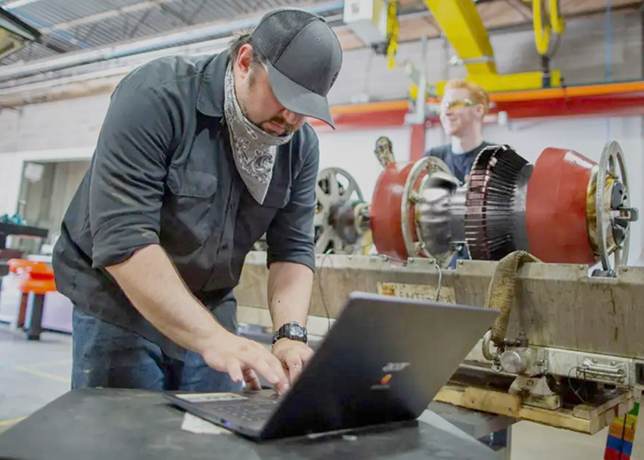







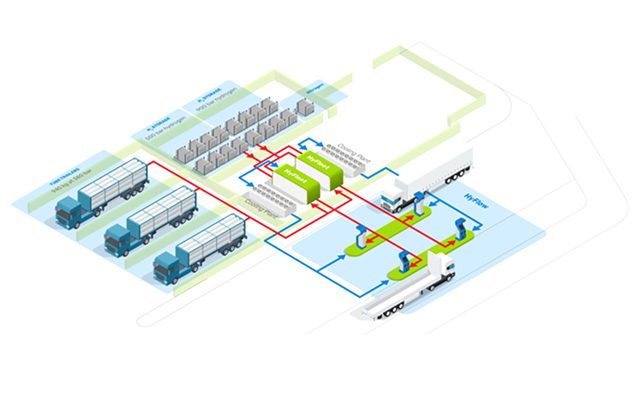
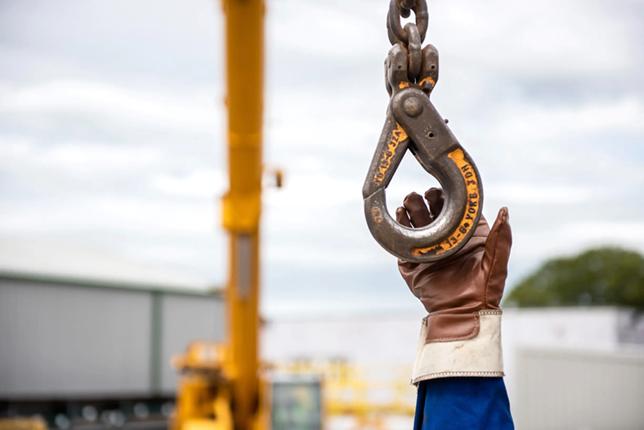

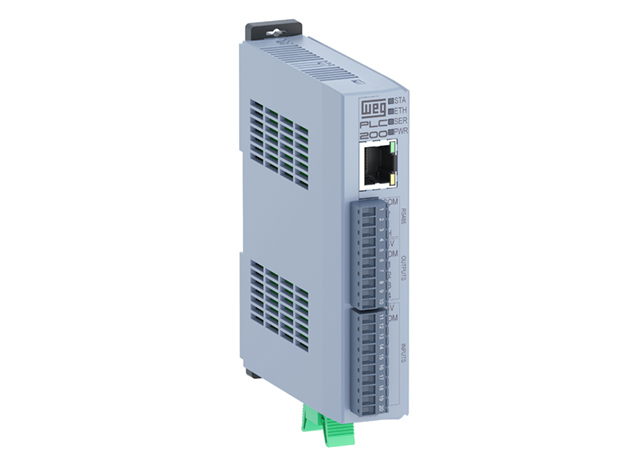
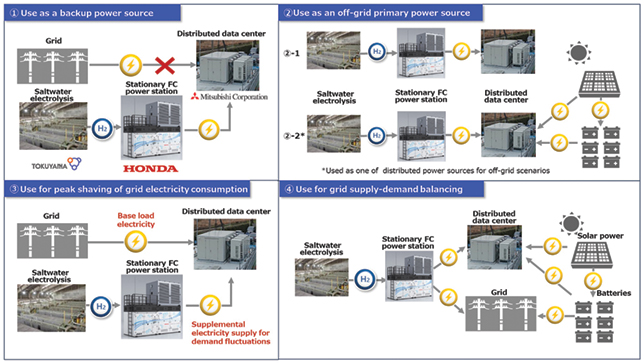


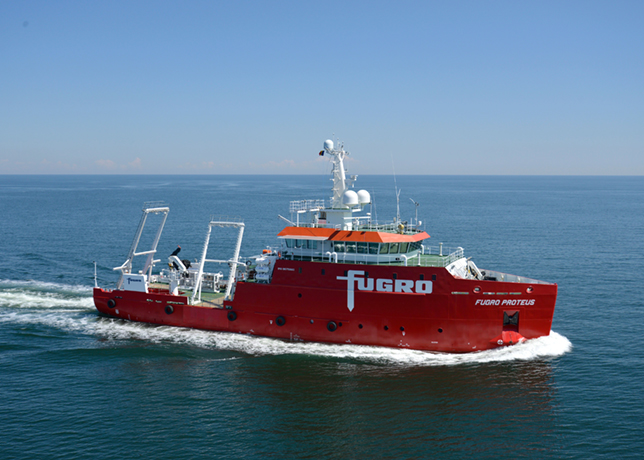


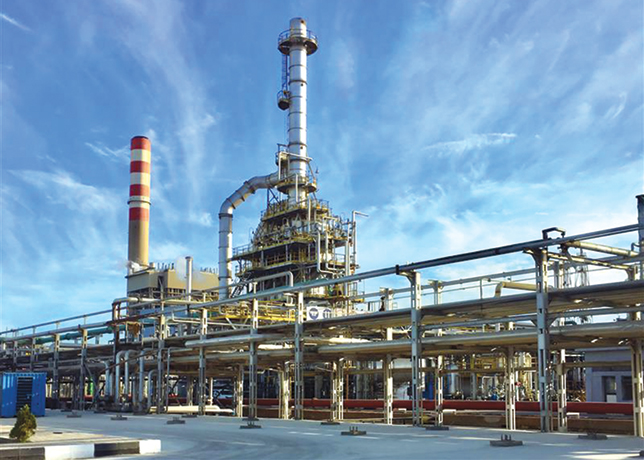
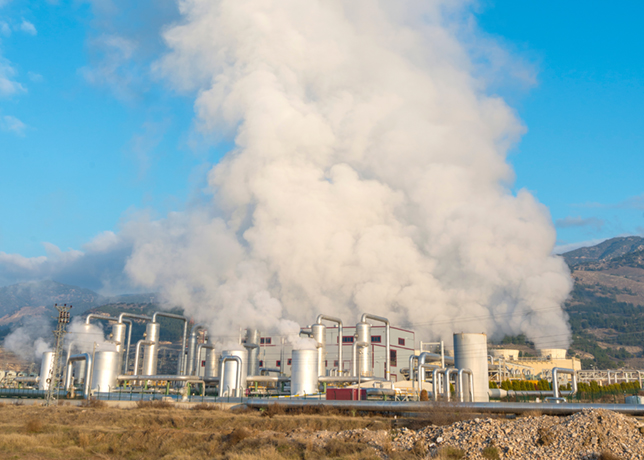
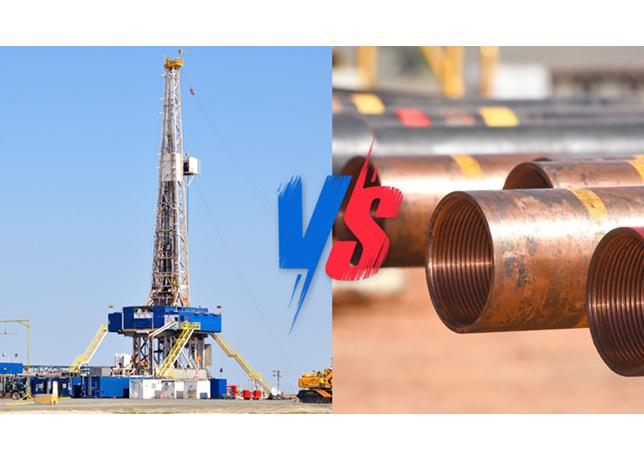







-is-one-of-the-world.jpg)



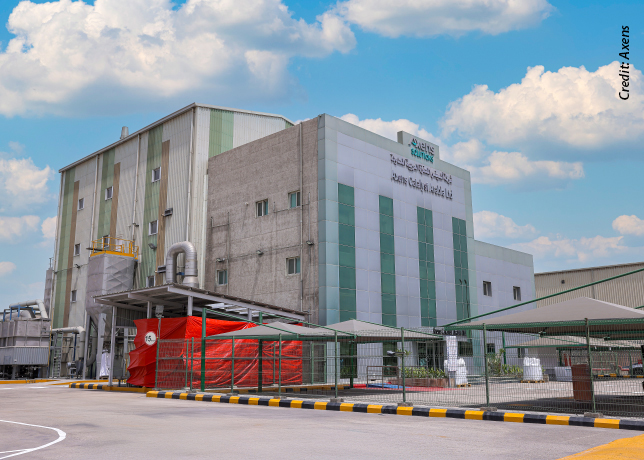

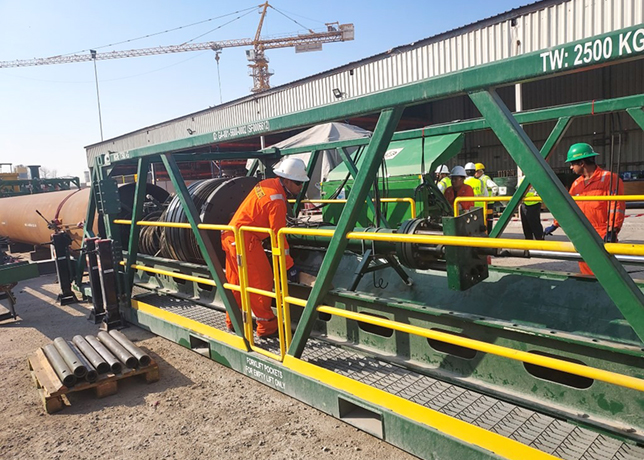
-(4)-caption-in-text.jpg)


